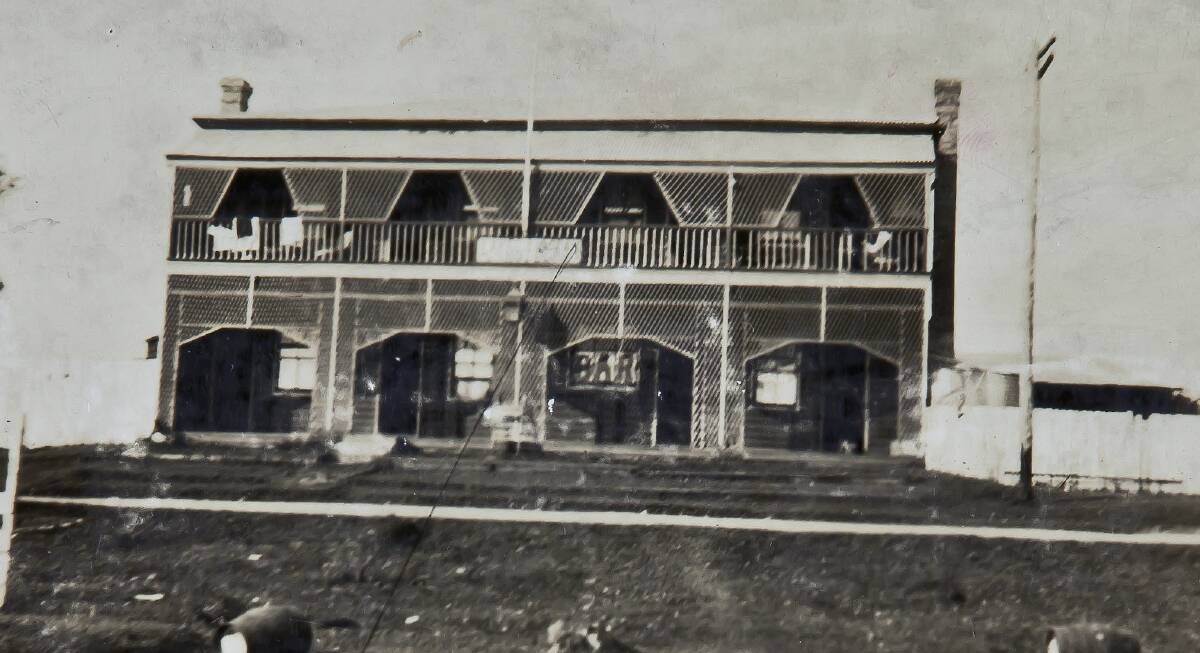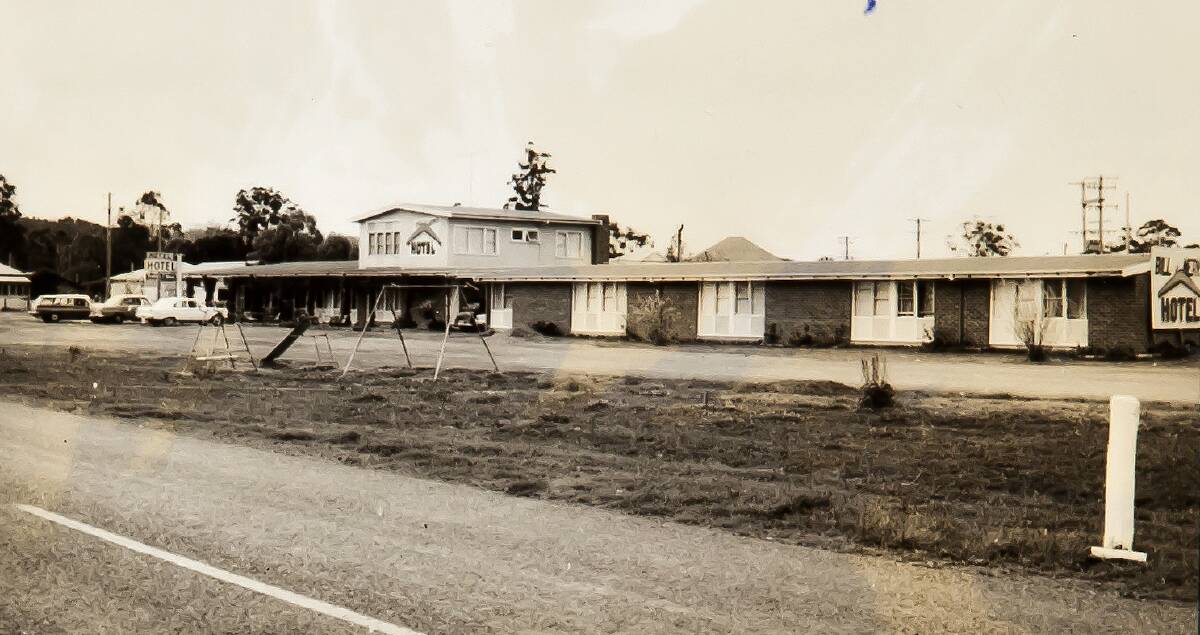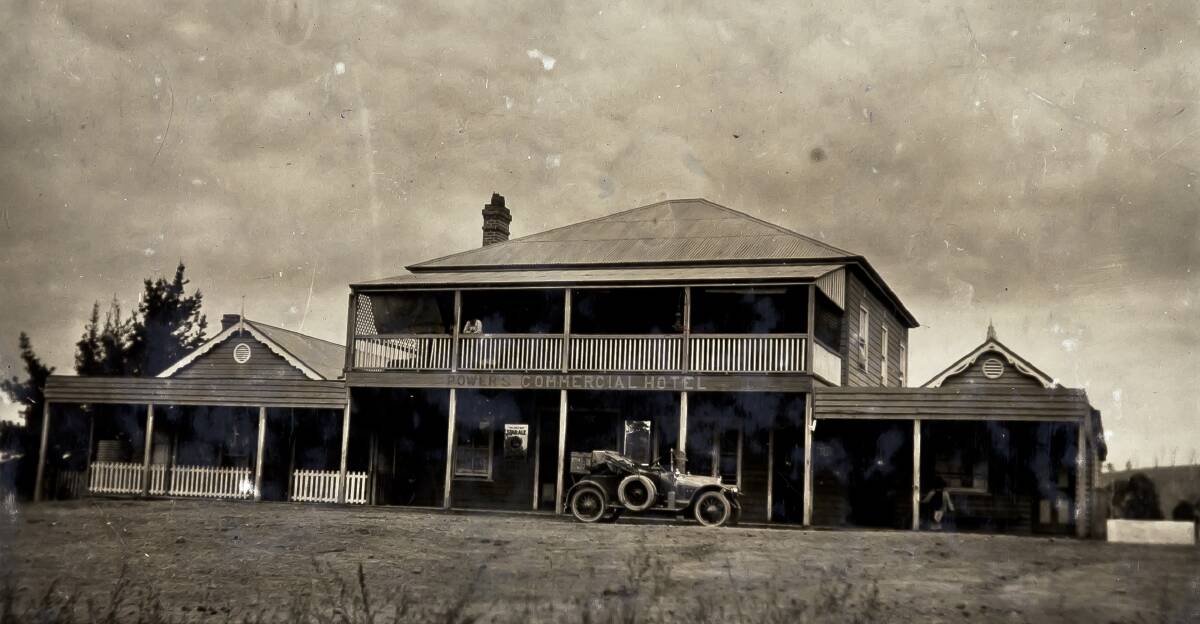
Hotels have played a key role in Australia’s identity since European settlement more than 200 years ago.
Subscribe now for unlimited access.
$0/
(min cost $0)
or signup to continue reading
As a result of the influence of convict and free settlers from Great Britain, the Australian pub is a direct descendant of the English, Scottish and Irish pub.
The production and consumption of alcoholic drinks has long played a major part in Western commerce and social activity, and this is reflected in the importance of pubs in the British colonisation of Australia after 1788.
However, in the 19th century the local version evolved a number of distinctive features that set it apart from the classic British or urban Irish pub.
In many cases, pubs were the first structures built in newly colonised areas, especially on the goldfields, and new towns often grew up around them.

Pubs typically served multiple functions, simultaneously serving as hostelry, post office, restaurant, meeting place and sometimes even general store.
Australia's beer-drinking culture is descended from the northern European tradition, which favoured grain-derived beverages like beer and spirits, whereas in southern European countries like Italy and Greece wine was the drink of choice.
Beer was for many years the largest-selling form of alcoholic drink in Australia, and Australia has long had one of the highest per capita rates of beer consumption in the world.
The Great Lakes Forster has a deep connection with historical pubs and hotels, but most of this information has been hard to find, until now.
A project from the Australian National University (ANU) Archives has brought the history of Forster and surrounds online for the community to enjoy.
The ANU Archives has a new online exhibition showcasing the history of Tooth and Company, a significant NSW brewer, and the many hotels it owned and supplied throughout the State.
Tooth and Co, which owned a large brewery on Broadway from 1835 until 1985, was the State’s major brewer
Historically, it was one of Australia's oldest companies.
Locally Tooth and Company hotels included in Forster the Community Hotel and the Lakes and Ocean Hotel. In Nabiac is the Boomerang Hotel (ex Union Hotel), while in Krambach, Commercial Hotel.
This exhibit is available online along with a special interactive map, providing access to valuable historical information, as well as incredible photographs.
The ANU Archives has access to additional images and records on most of the hotels.

The online exhibition links to all the records located in the ANU Open Research repository, which are available for users to view and download.
View the exhibit online at archives.anu.edu.au/toothhotels

